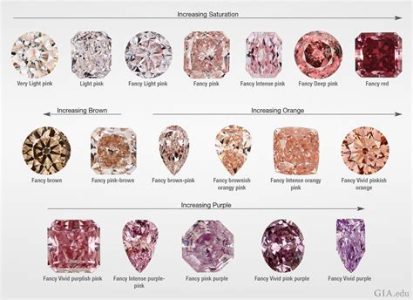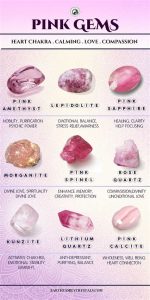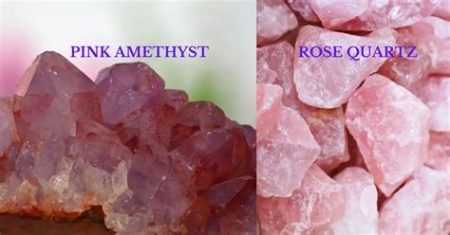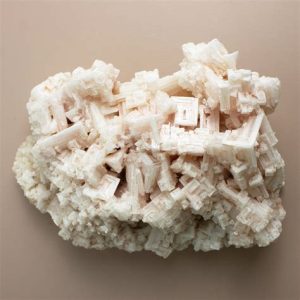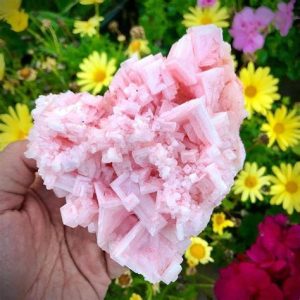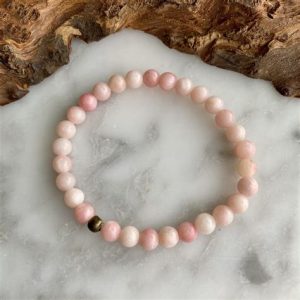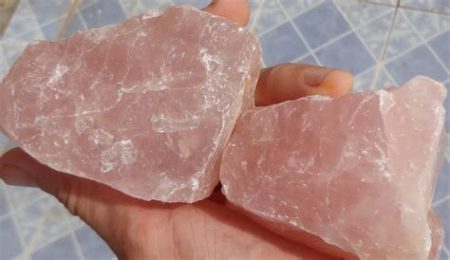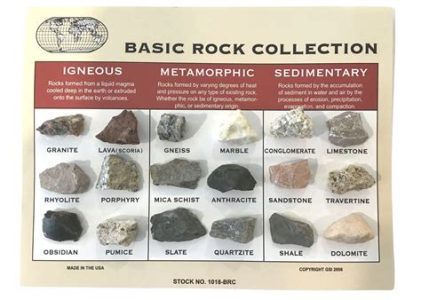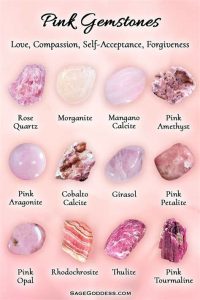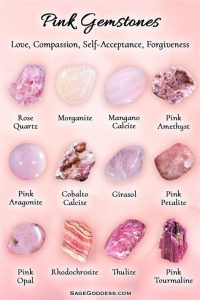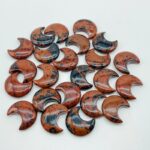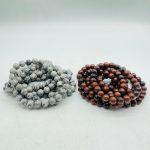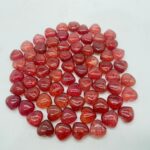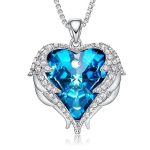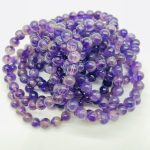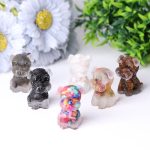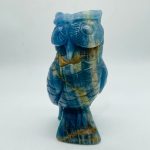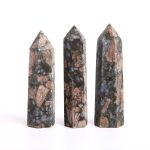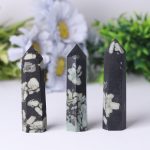“Green serpentine is a metamorphic rock that gets its distinctive appearance from its mineral composition”. Its unique characteristics have captivated civilizations for centuries.

Geological Origins and Composition
Green serpentine is primarily composed of serpentine minerals, which are hydrated magnesium silicates. The rock’s greenish hue results from the presence of iron and nickel impurities. It forms through the metamorphism of ultramafic rocks, typically under conditions of high pressure and temperature.
Types and Variations
There are several types of green serpentine, distinguished by their specific mineral composition and texture.
- Antigorite: The most common type, characterized by its fibrous structure and silky sheen.
- Chrysotile: A fibrous variety used in the production of asbestos.
- Lizardite: A platy variety with a greasy or soapy feel.
Physical Properties
Green serpentine possesses unique physical properties that contribute to its distinctive appearance and applications.
- Color: Typically ranges from light to dark green, depending on the iron content.
- Hardness: Mohs hardness of 3-5, making it relatively soft and easily carved.
- Density: 2.5-2.7 g/cm³, making it a lightweight material.
- Cleavage: Poorly developed, resulting in irregular fracture patterns.
Historical and Cultural Significance
Green serpentine has played a significant role in various cultures throughout history. Ancient civilizations used it for ornamental purposes, carving it into jewelry, sculptures, and decorative objects.
- Mesoamerica: In pre-Columbian cultures, green serpentine was carved into ceremonial objects, including the iconic feathered serpent deity Quetzalcoatl.
- Ancient Greece: Known as “ophiolite,” it was believed to possess healing properties and was used in amulets and jewelry.
- China: Valued for its green color and auspicious symbolism in traditional Chinese culture.
Modern Applications
Today, green serpentine finds diverse applications in various industries.
- Construction: As a durable and attractive material for countertops, flooring, and decorative facades.
- Jewelry: Its unique color and texture make it a popular choice for jewelry design.
- Industrial: In the production of brake linings, roofing shingles, and heat-resistant materials.
- Ornamental: Carved into decorative objects, sculptures, and architectural elements.
Comparisons
Green serpentine can be compared to other similar materials to highlight its unique characteristics.
- VS Marble: Green serpentine is softer and less durable than marble.
- VS Granite: Green serpentine has a lower density and Mohs hardness than granite.
- VS Soapstone: Green serpentine has a similar greasy feel and soft texture to soapstone.
Creative Applications
The unique properties of green serpentine inspire innovative applications in various fields.
- Biomedical: As a potential candidate for bone regeneration and tissue scaffolding due to its biocompatibility and porous structure.
- Energy storage: In the development of high-performance batteries and supercapacitors due to its ability to store lithium ions.
- Nanotechnology: In the production of nanomaterials with enhanced optical and electrical properties.
Tables
-
Types of Green Serpentine:
| Type | Mineral Composition | Texture |
|—|—|—|
| Antigorite | Serpentine | Fibrous |
| Chrysotile | Serpentine | Fibrous |
| Lizardite | Serpentine | Platy | -
Physical Properties of Green Serpentine:
| Property | Value |
|—|—|
| Color | Light to dark green |
| Hardness (Mohs) | 3-5 |
| Density | 2.5-2.7 g/cm³ |
| Cleavage | Poorly developed | -
Historical and Cultural Significance of Green Serpentine:
| Culture | Use |
|—|—|
| Mesoamerica | Ceremonial objects, jewelry |
| Ancient Greece | Amulets, jewelry |
| China | Decorative objects, auspicious symbolism | -
Modern Applications of Green Serpentine:
| Industry | Application |
|—|—|
| Construction | Countertops, flooring, facades |
| Jewelry | Design |
| Industrial | Brake linings, roofing shingles, heat-resistant materials |
| Ornamental | Decorative objects, sculptures, architectural elements |
Tips and Tricks
- Use a diamond blade to cut green serpentine for optimal precision.
- Seal surfaces with a penetrating sealer to enhance durability and resistance to staining.
- Avoid using acidic cleaners, as they can damage the stone’s surface.
Common Mistakes to Avoid
- Do not use abrasive cleaners or tools on green serpentine, as they can scratch the surface.
- Do not attempt to polish green serpentine with acidic chemicals, as they can react with the stone.
- Avoid exposing green serpentine to extreme heat or cold, as it can cause cracking or damage.
Step-by-Step Approach
- Acquire green serpentine: Source the type and size of green serpentine desired.
- Prepare the surface: Clean and sand the surface to remove any impurities or debris.
- Cut the material: Use a diamond blade to cut the green serpentine to the desired shape and size.
- Seal the surface: Apply a penetrating sealer to protect the surface and enhance its durability.
Pros and Cons
Pros:
- Unique and attractive green color
- Durable and relatively soft for carving
- Resistant to heat and acids
Cons:
- Poor cleavage can result in irregular fracture patterns
- Surface damage can occur with abrasive treatments or exposure to acidic chemicals
FAQs
-
What is the hardness of green serpentine?
– Mohs hardness of 3-5 -
What are the different types of green serpentine?
– Antigorite, chrysotile, lizardite -
What was green serpentine used for in ancient civilizations?
– Ornamental objects, jewelry, sculptures, ceremonial objects -
Can green serpentine be used in construction?
– Yes, for countertops, flooring, and decorative facades -
Is green serpentine safe to use in jewelry?
– Yes, it is biocompatible and non-toxic -
How do I care for green serpentine?
– Use mild cleaners, avoid acidic chemicals, and seal surfaces regularly

